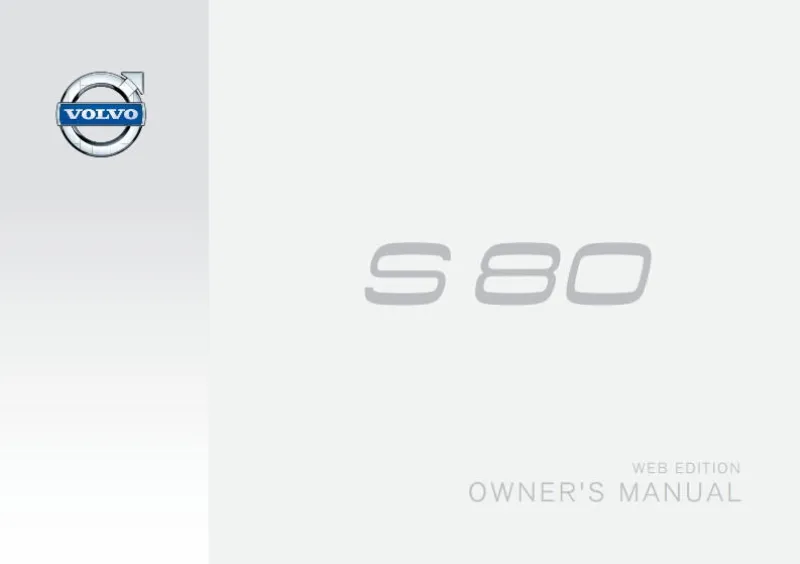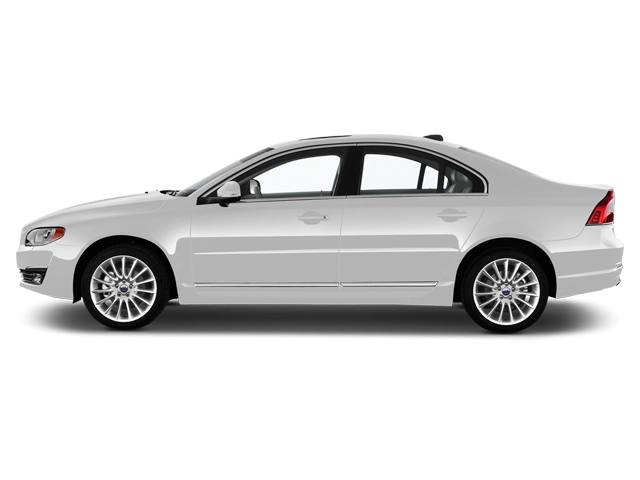2015 Volvo S80 Owner's Manual

Table of Contents
2015 Volvo S80 Overview
Introduction
The 2015 Volvo S80 epitomizes Scandinavian luxury and innovation, combining timeless design with advanced technology and exceptional safety features. This elegantly styled sedan is tailored for discerning drivers seeking comfort and sophistication in every journey. With its spacious interior, premium materials, and state-of-the-art infotainment systems, the S80 sets a benchmark for luxury sedans in its class.
Powertrains
The 2015 Volvo S80 offers a choice of powertrains designed to deliver a perfect blend of performance and efficiency. The base model features a 2.5L turbocharged inline-five engine that generates 250 horsepower and 266 lb-ft of torque. For those seeking more power, the available 3.2L inline-six offers an impressive 280 horsepower, paired with a smooth-shifting automatic transmission. An optional all-wheel-drive system enhances traction and stability, ensuring a confident driving experience across various conditions.
Trims
The S80 comes in multiple trim levels, including the base model, the luxurious "Premier" trim, and the feature-rich "T6" trim. Each trim level caters to diverse preferences, offering an array of standard and optional features designed to elevate the driving experience. From premium upholstery and ambient lighting to advanced navigation systems and upgraded sound systems, every S80 trim harmonizes luxury and practicality.
Features
The 2015 Volvo S80 is replete with innovative features aimed at enhancing both comfort and safety. Standard technology includes a 7-inch touchscreen infotainment system, Bluetooth connectivity, and a rearview camera. Optional features range from a premium sound system and adaptive cruise control to advanced driver-assistance systems, providing unparalleled peace of mind on the road.
Owner's Manual
The owner's manual for the 2015 Volvo S80 serves as an invaluable resource, guiding owners through the car's numerous features and functionalities. It provides detailed information on maintenance schedules, troubleshooting tips, and the optimal use of onboard technologies, ensuring that drivers can fully appreciate the luxury and performance that the S80 has to offer.
User manual download
The Volvo S80 owner manual for the 2015 model year is to be found in PDF downloadable format on this page. The owner manual for the model year 2015 is free and in English, but the repair manuals are usually not easy to get and may cost more.
Manual Questions
Fill the form below and someone will help you!

